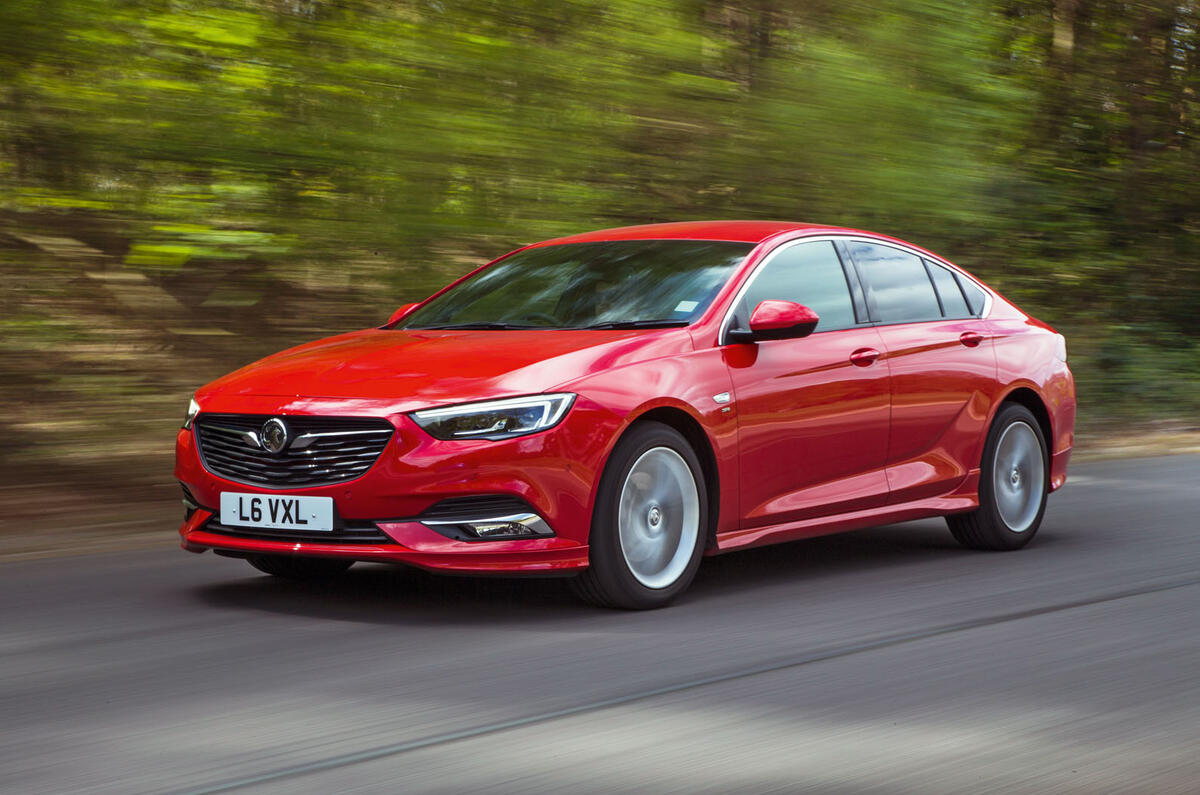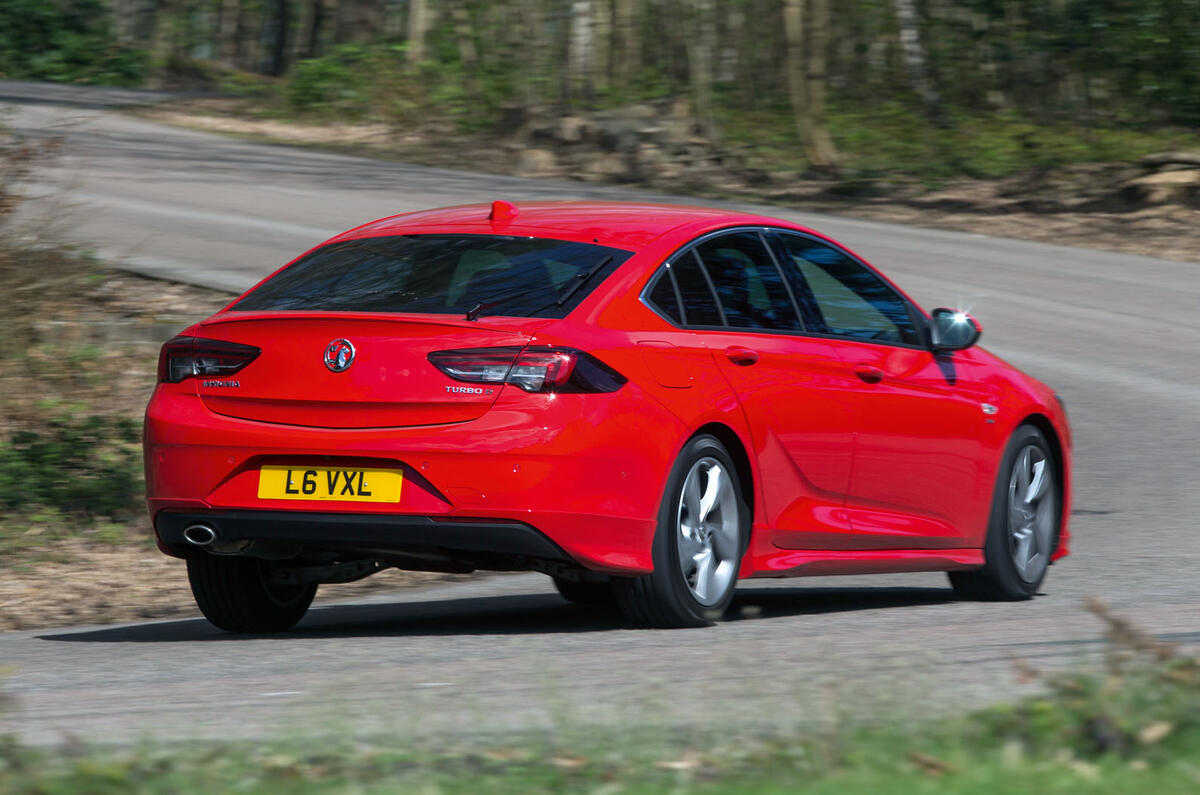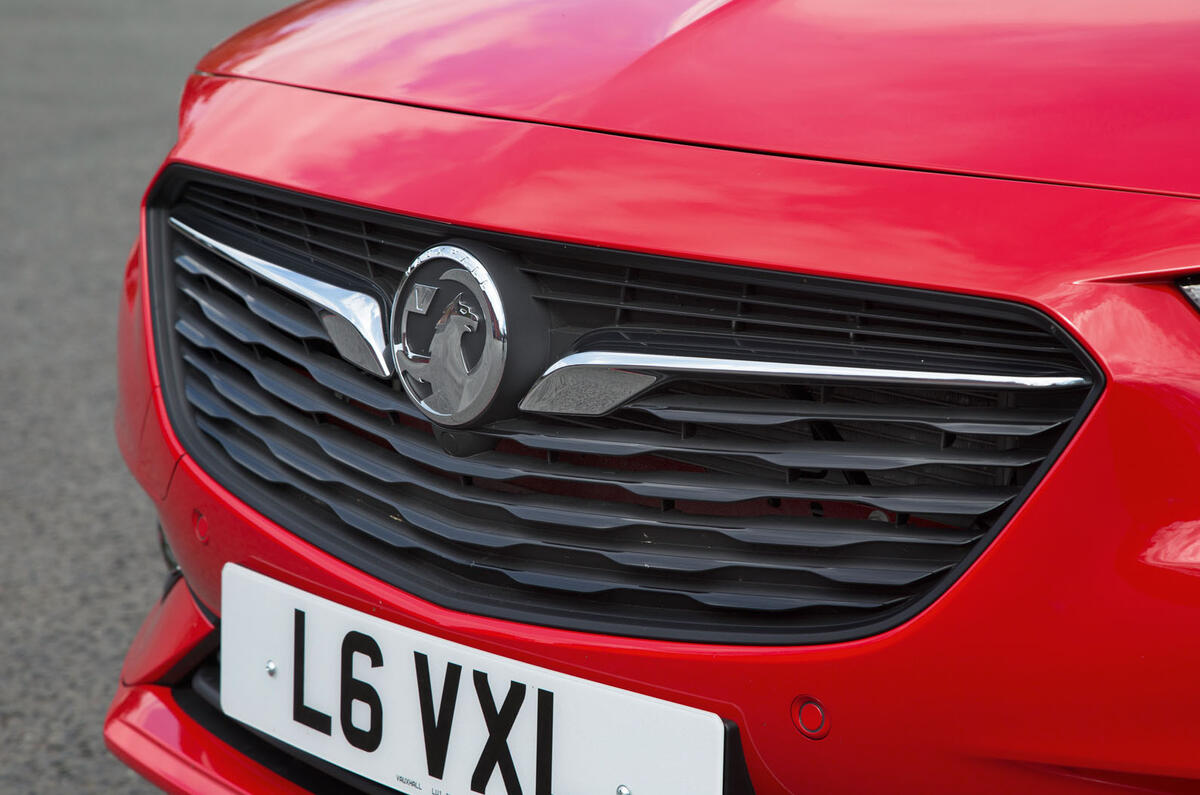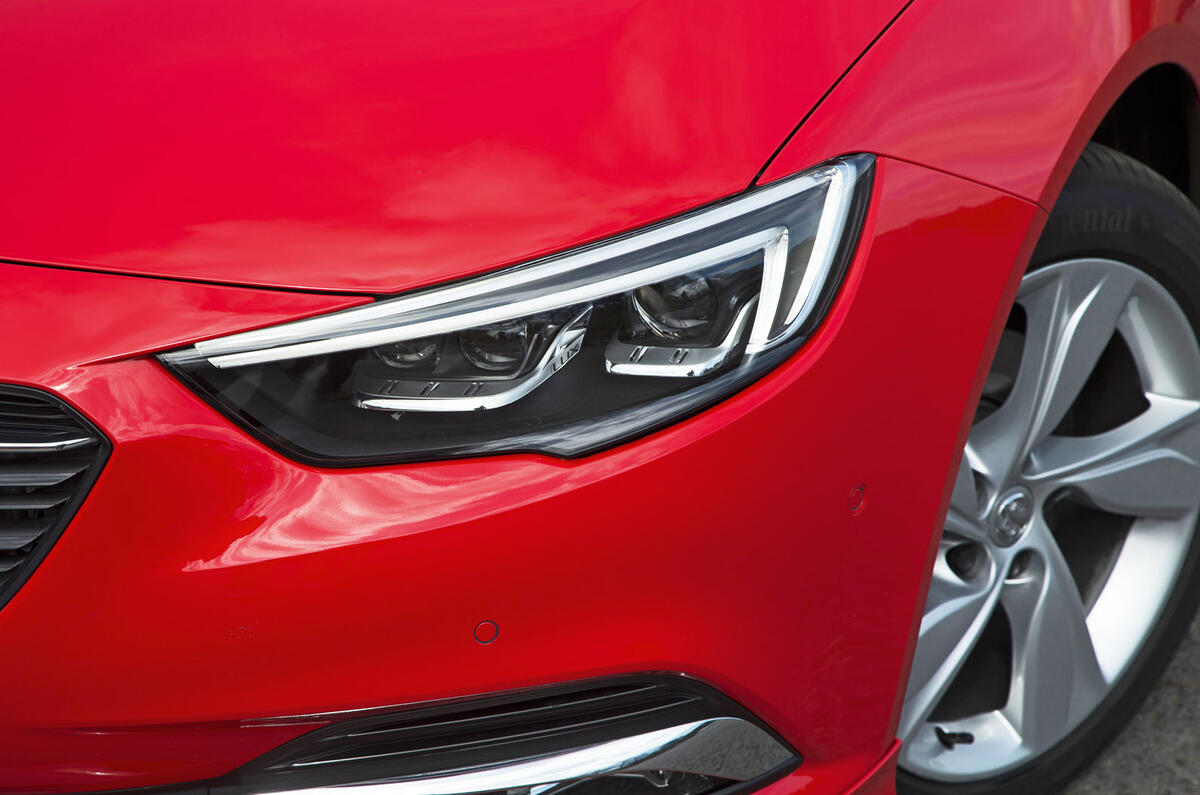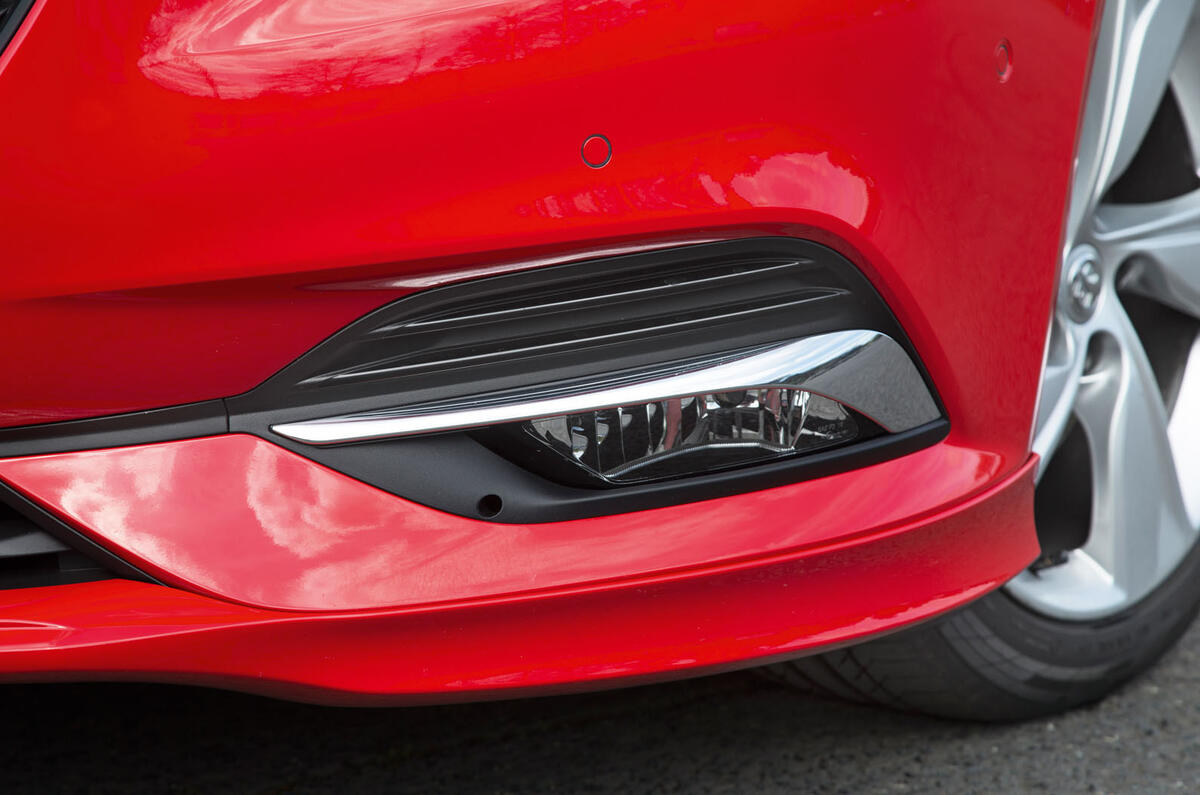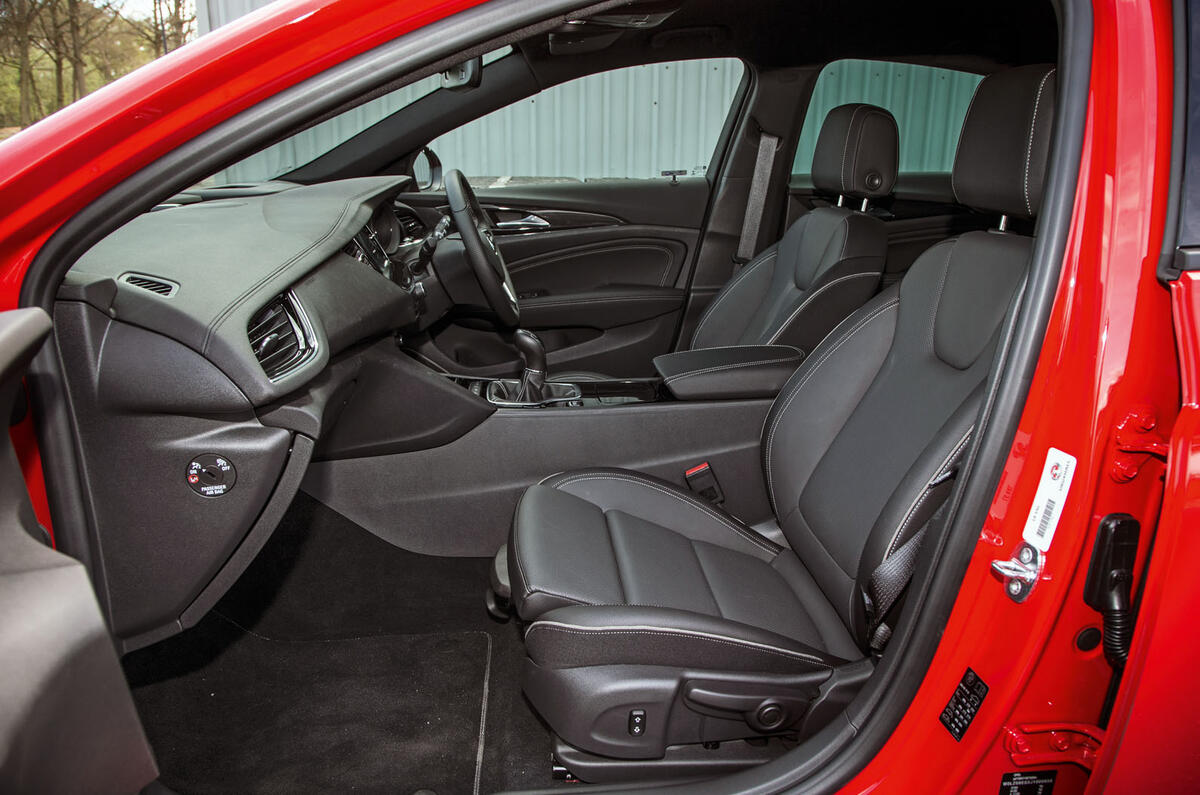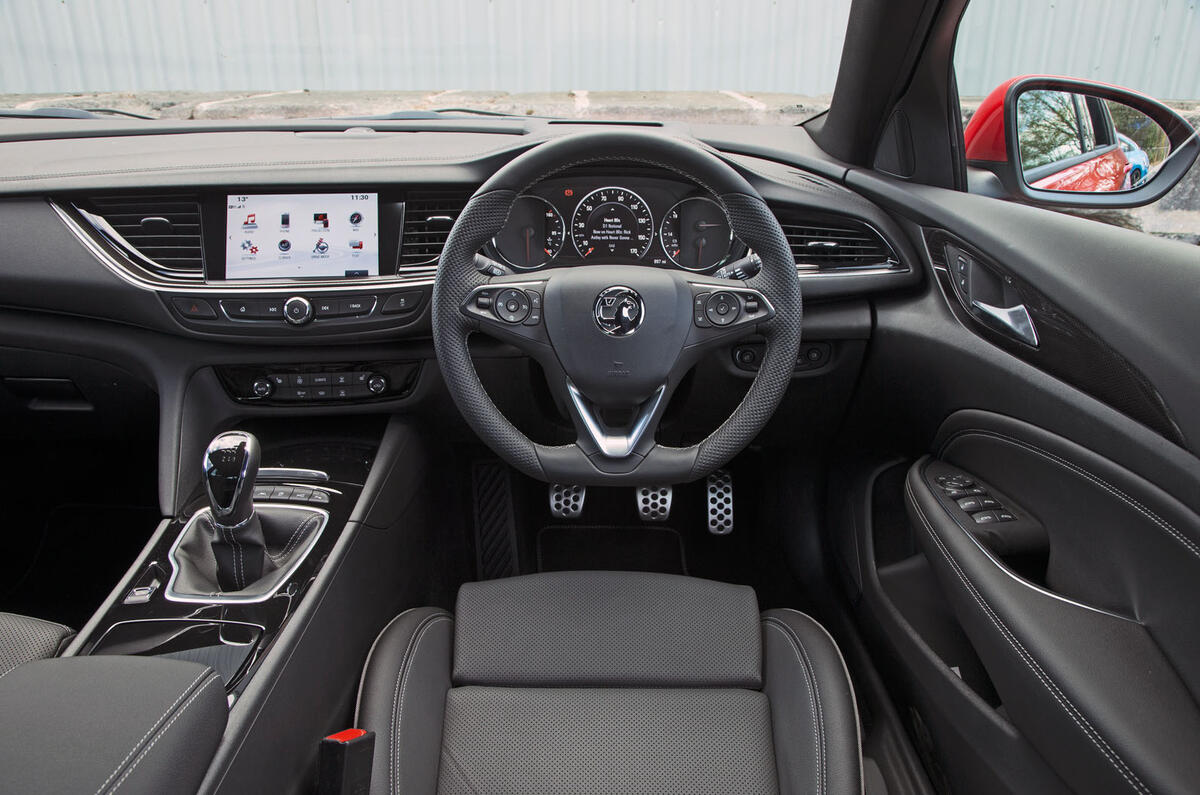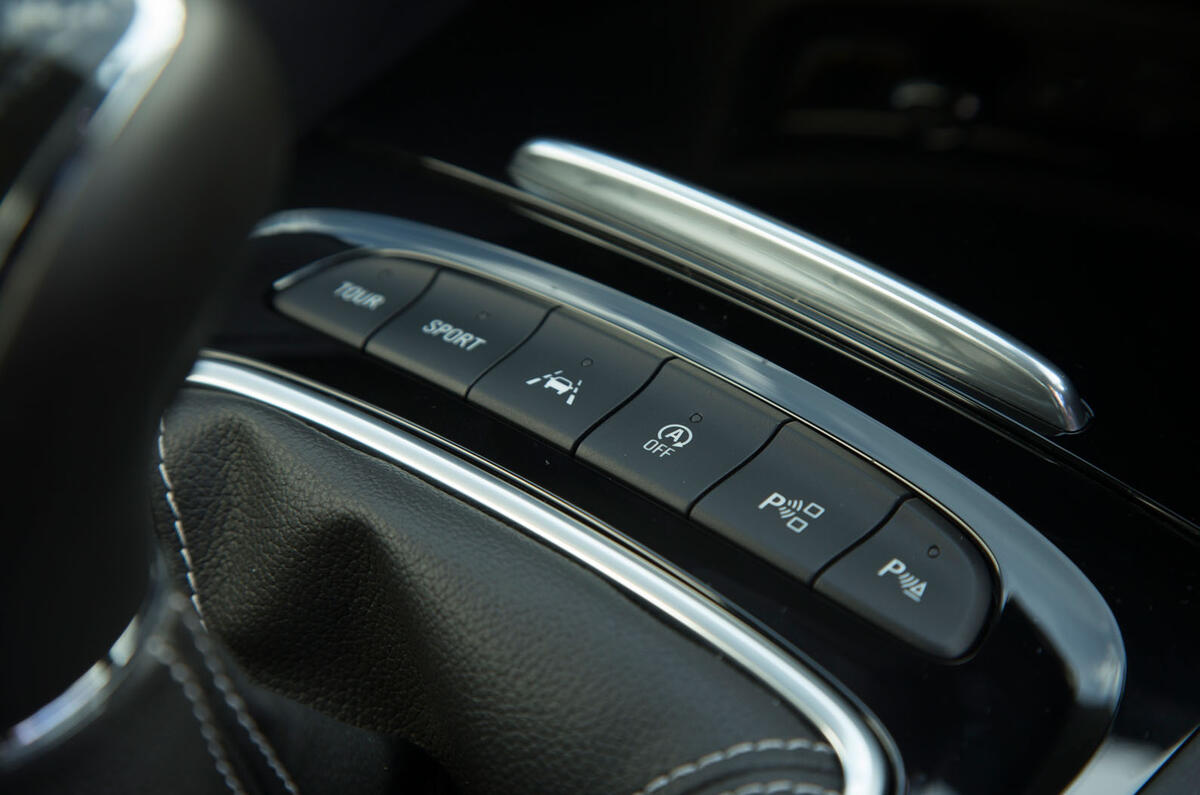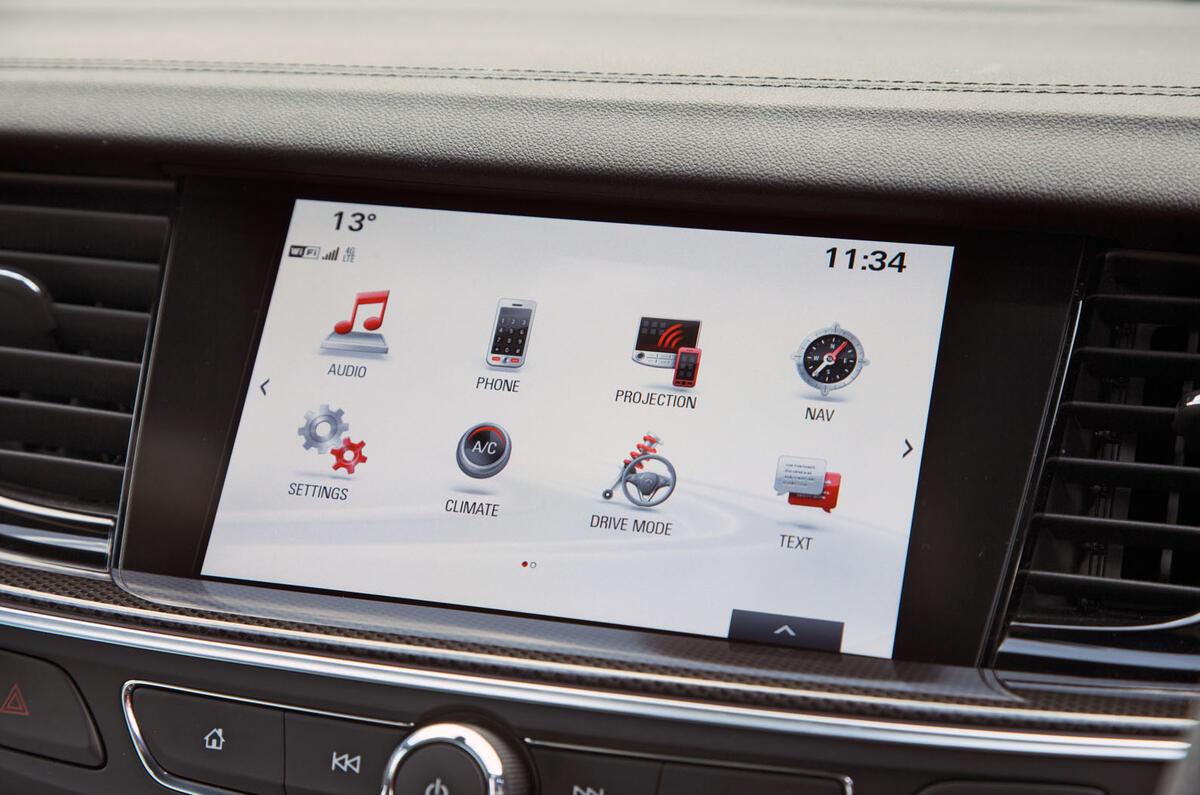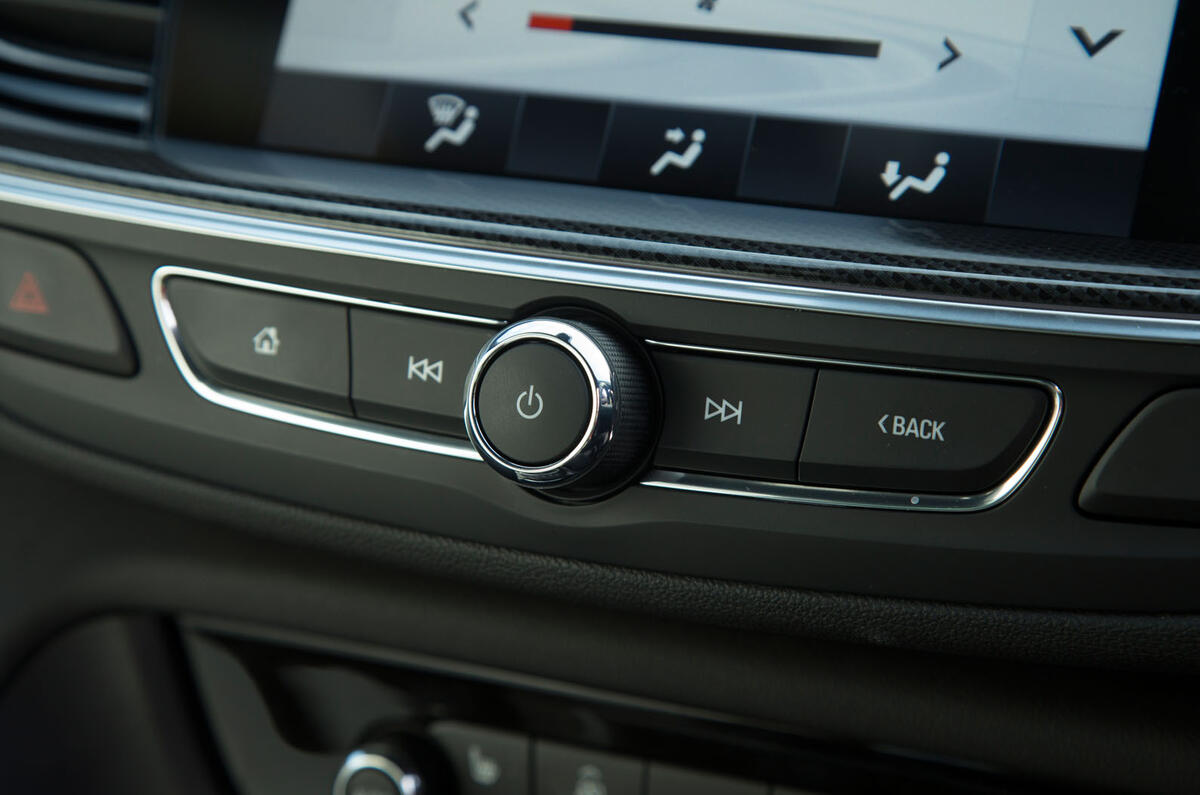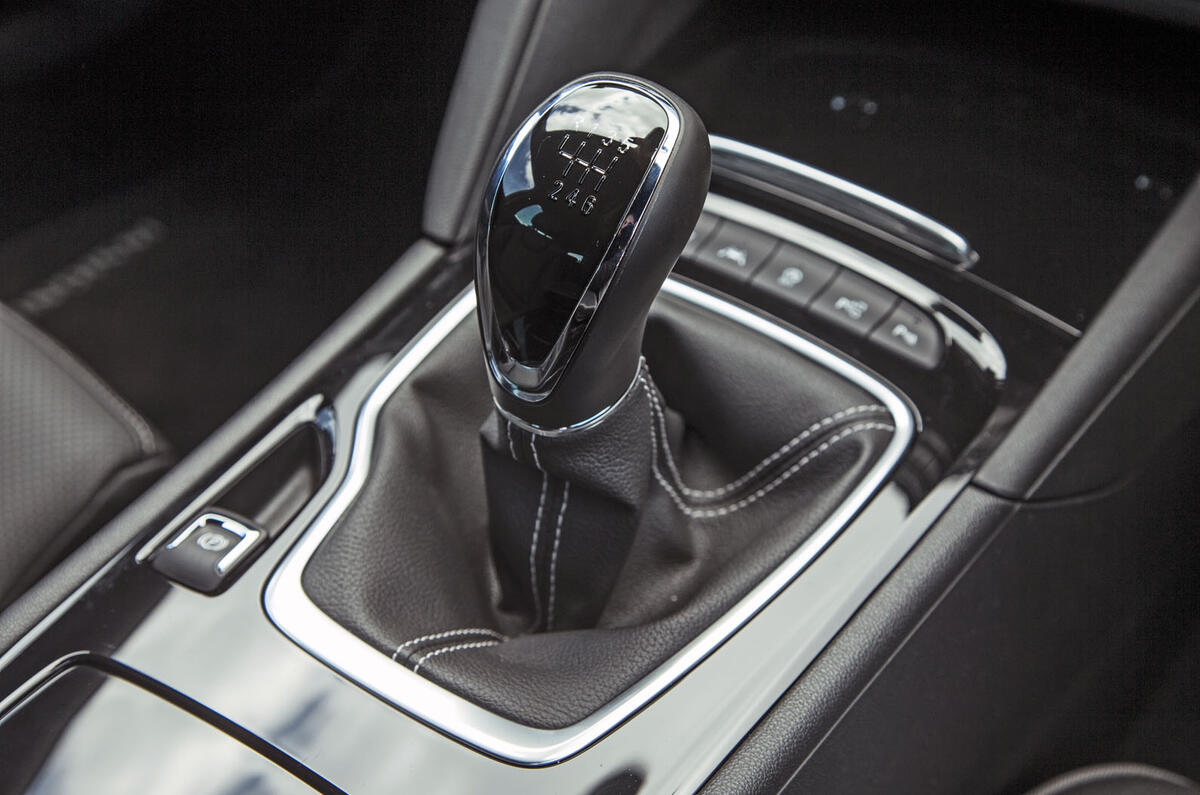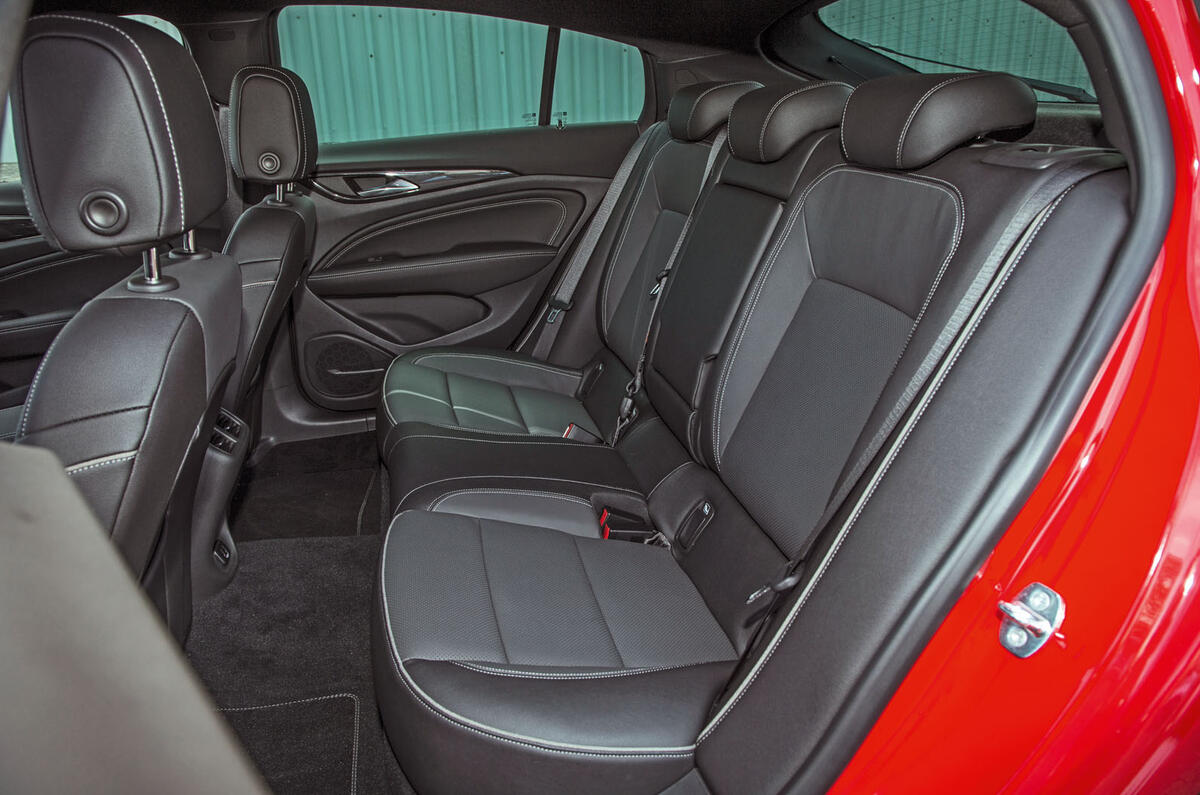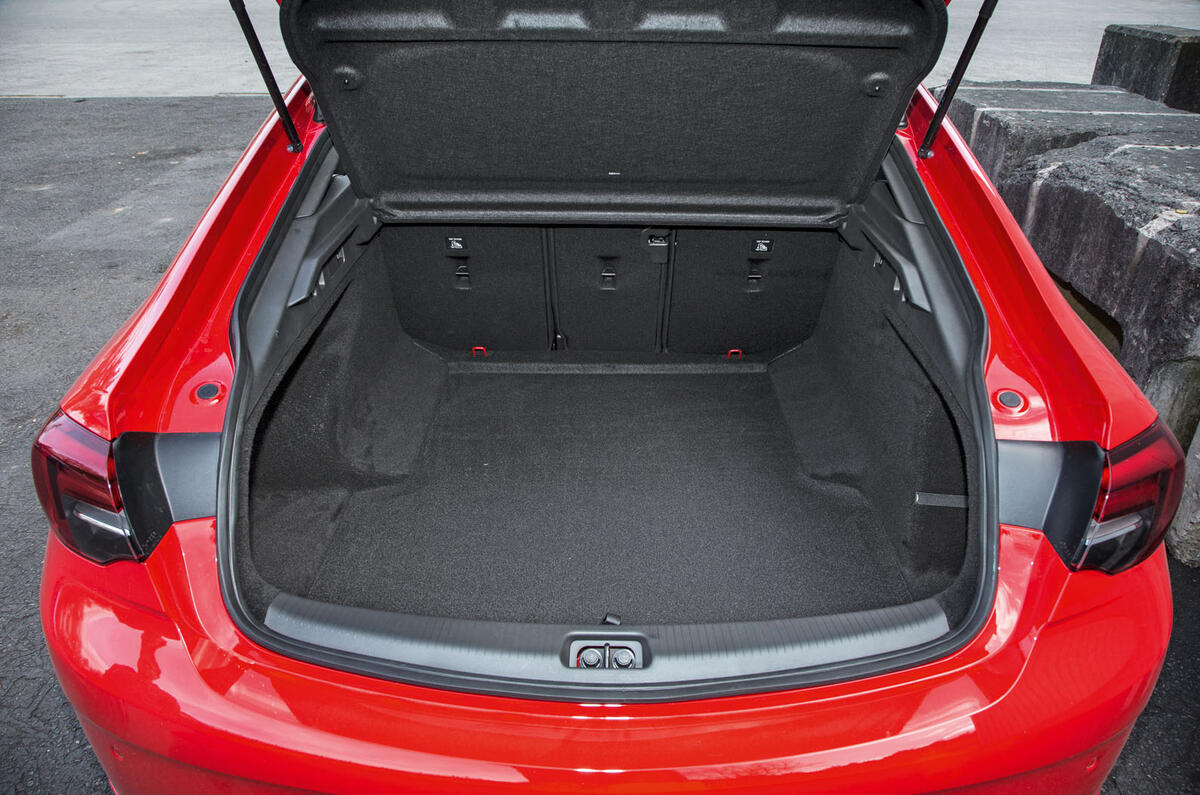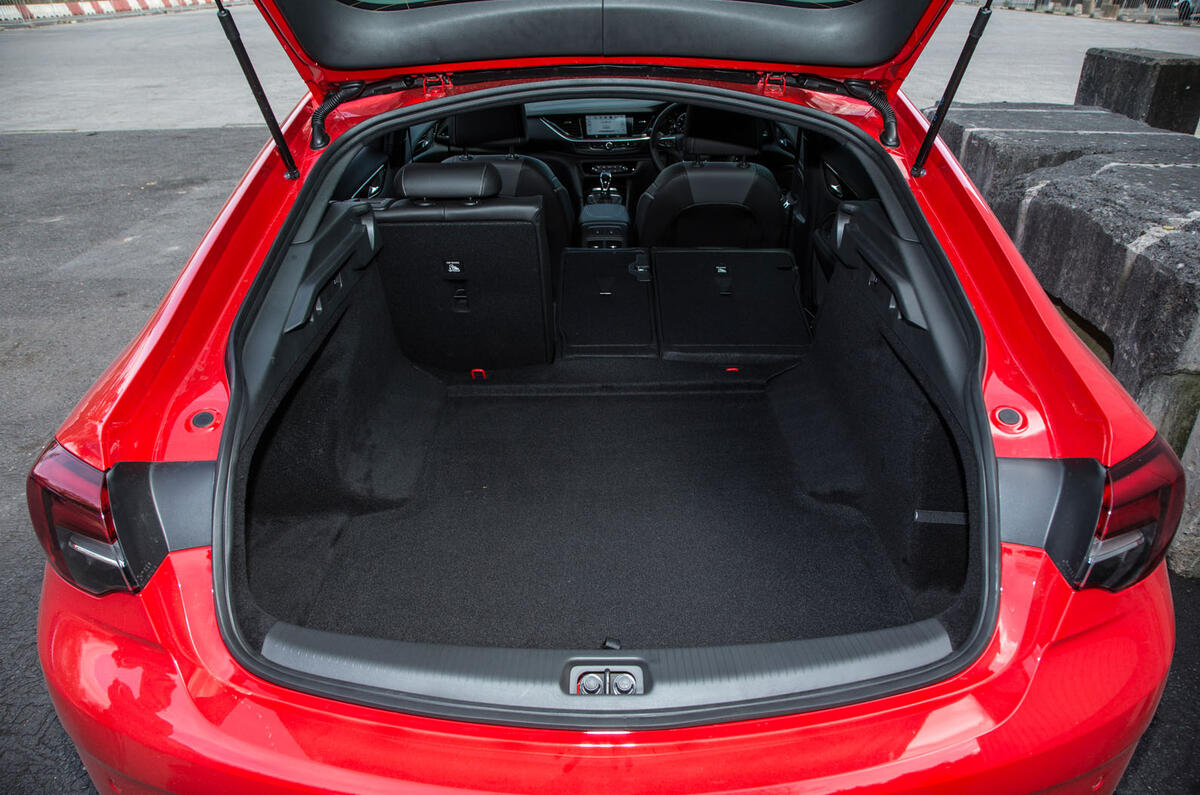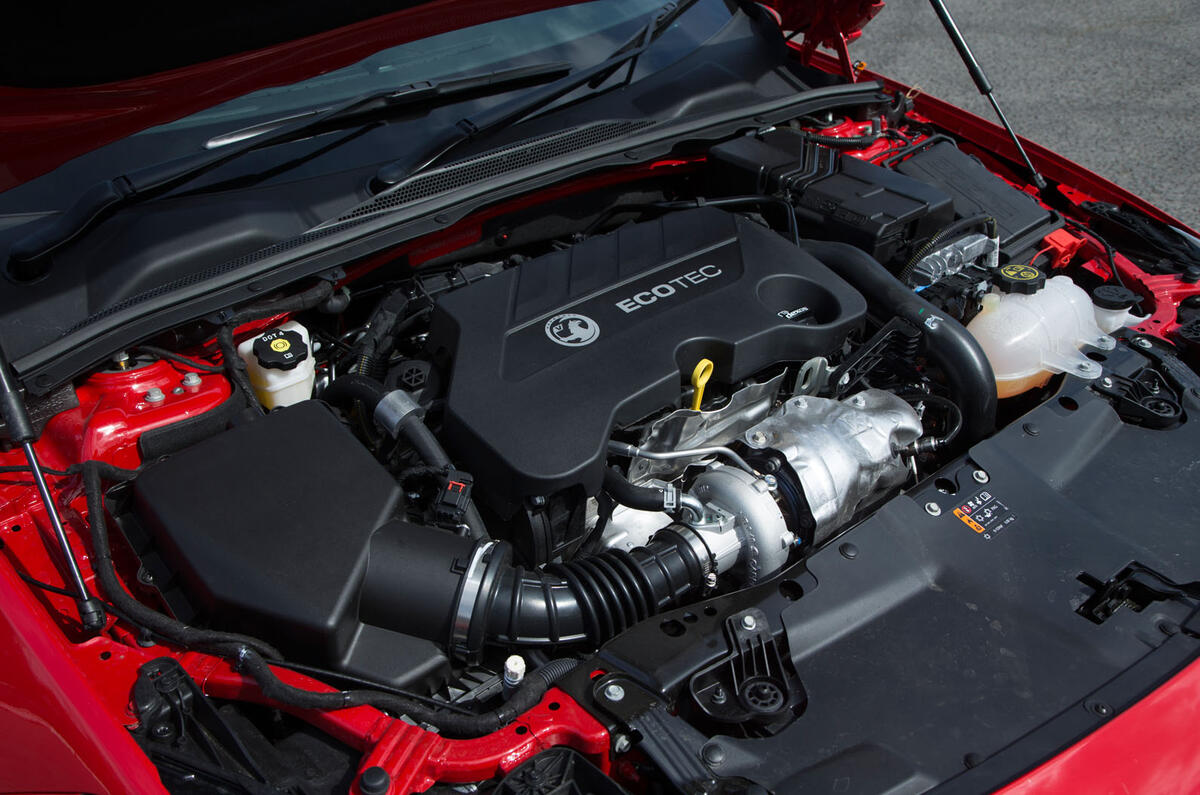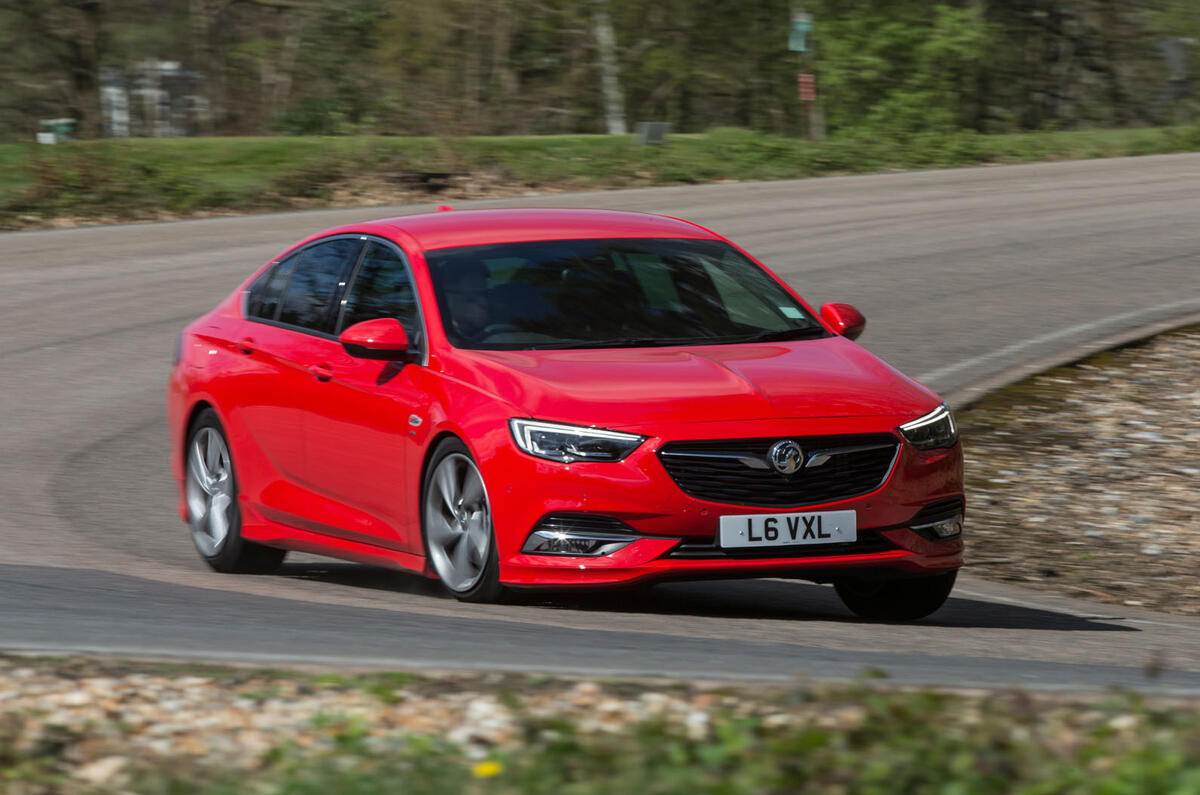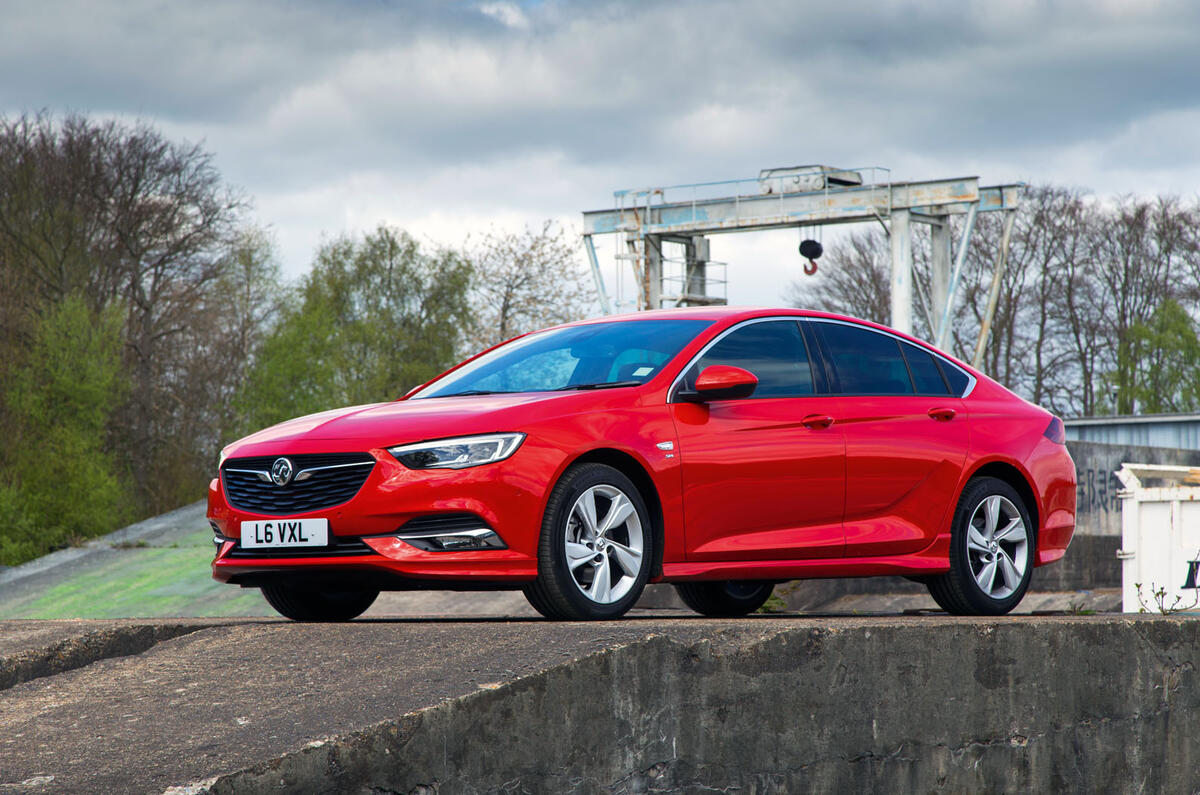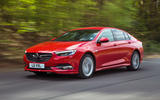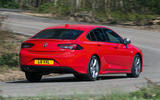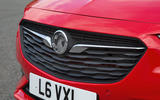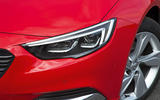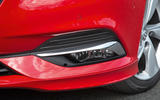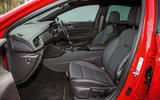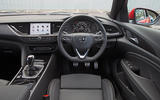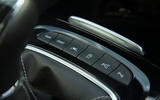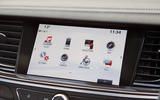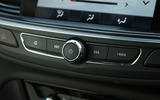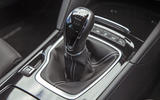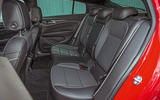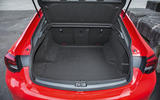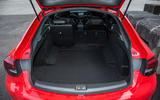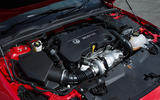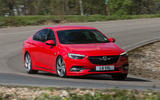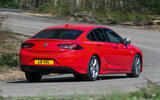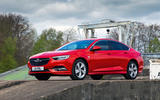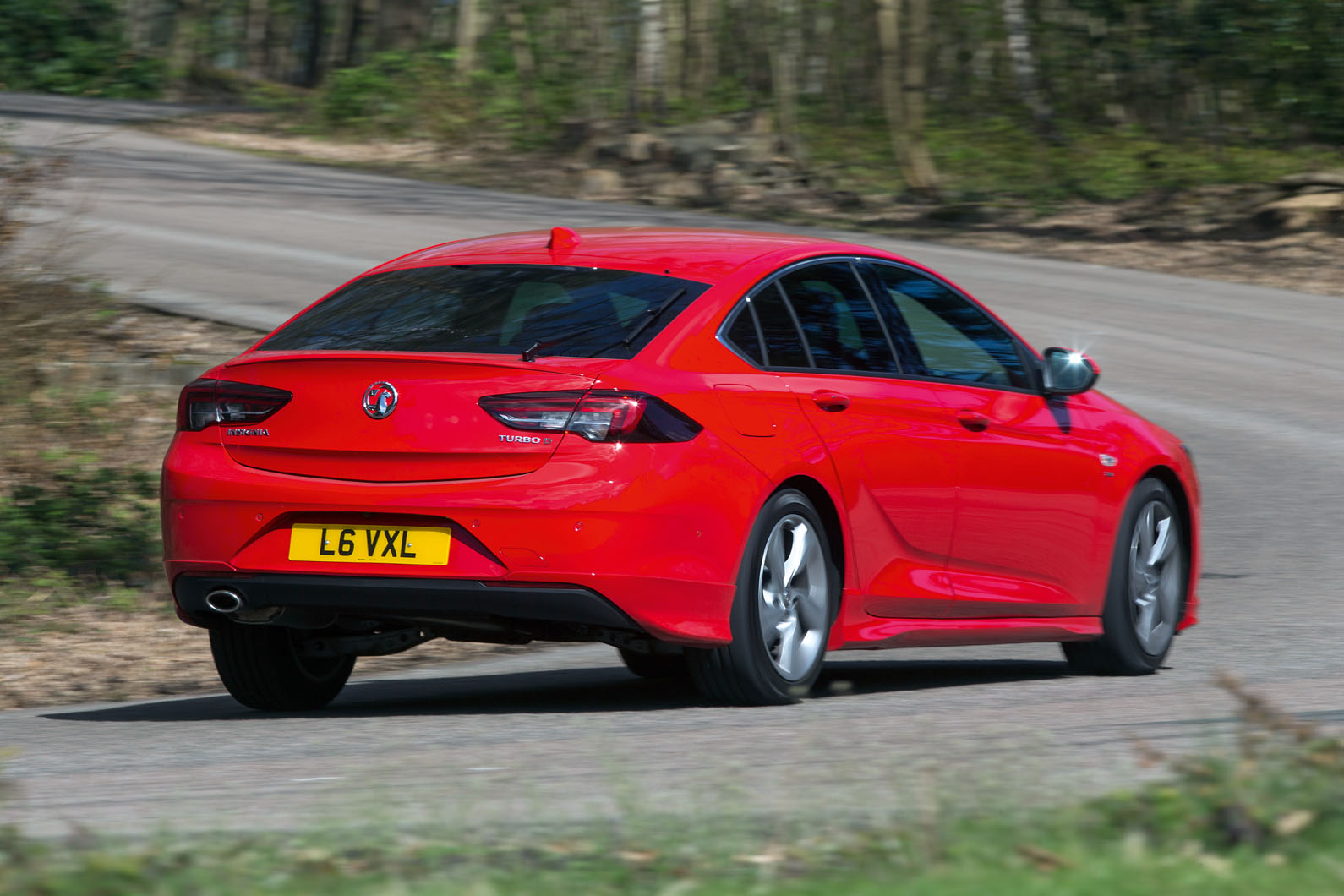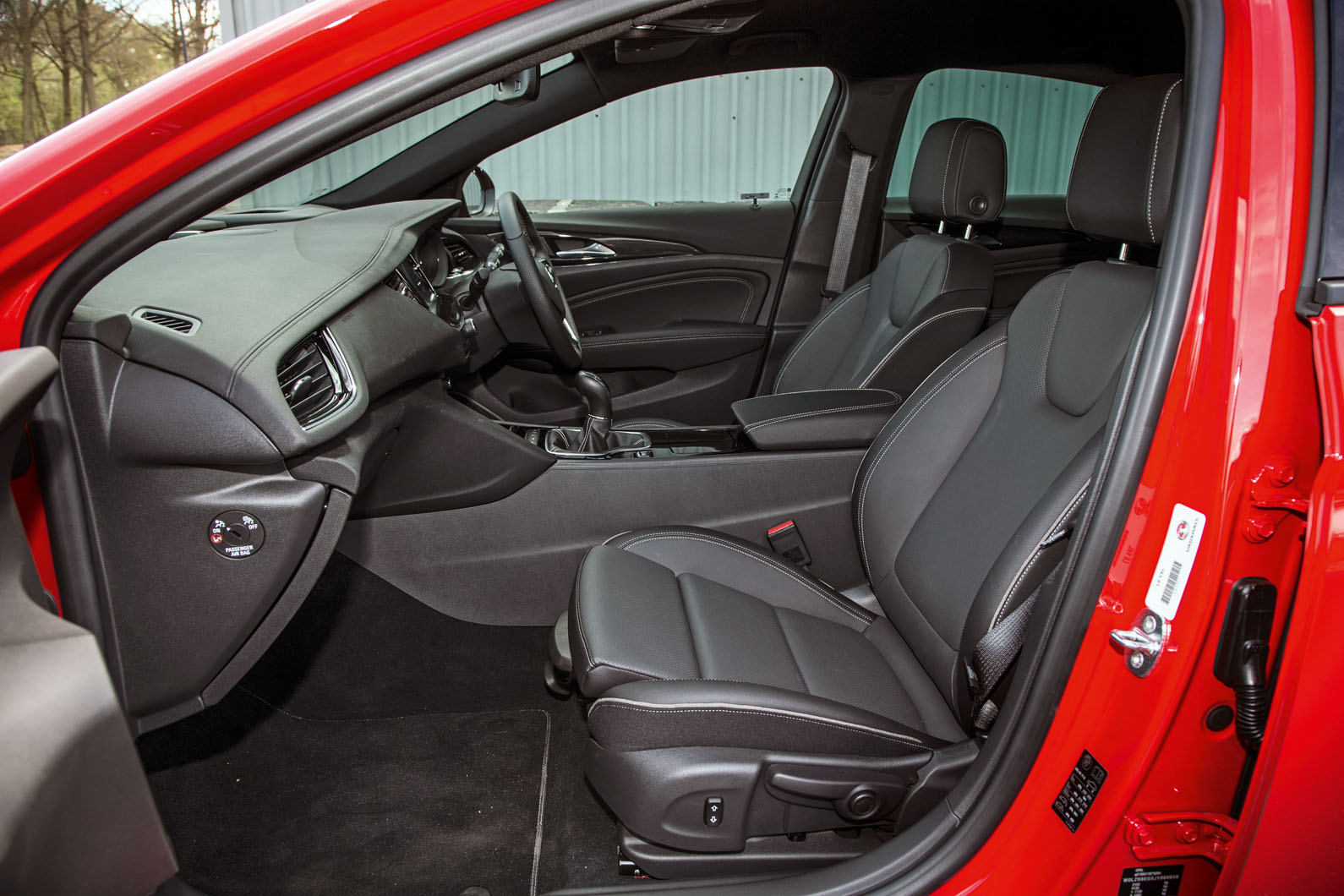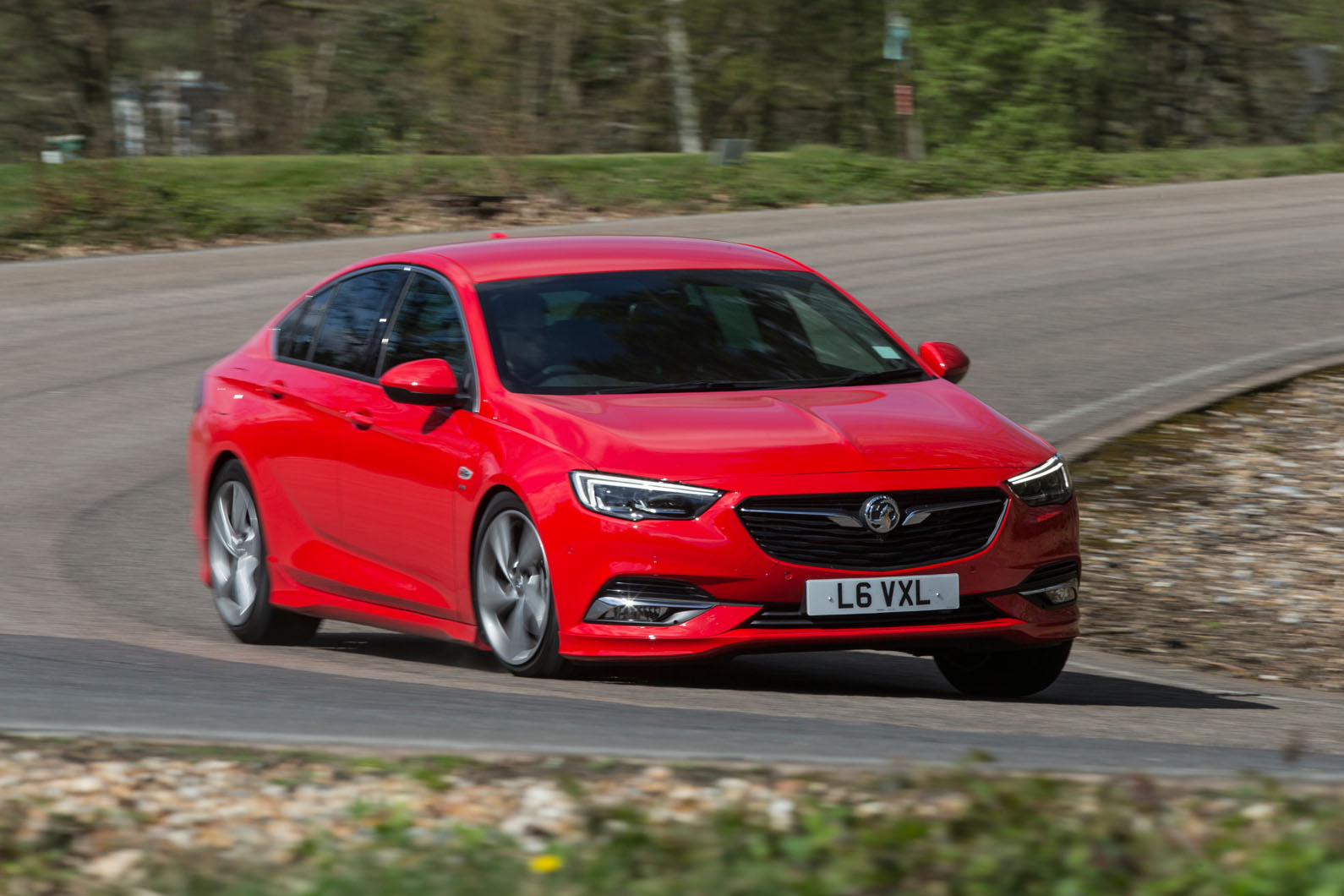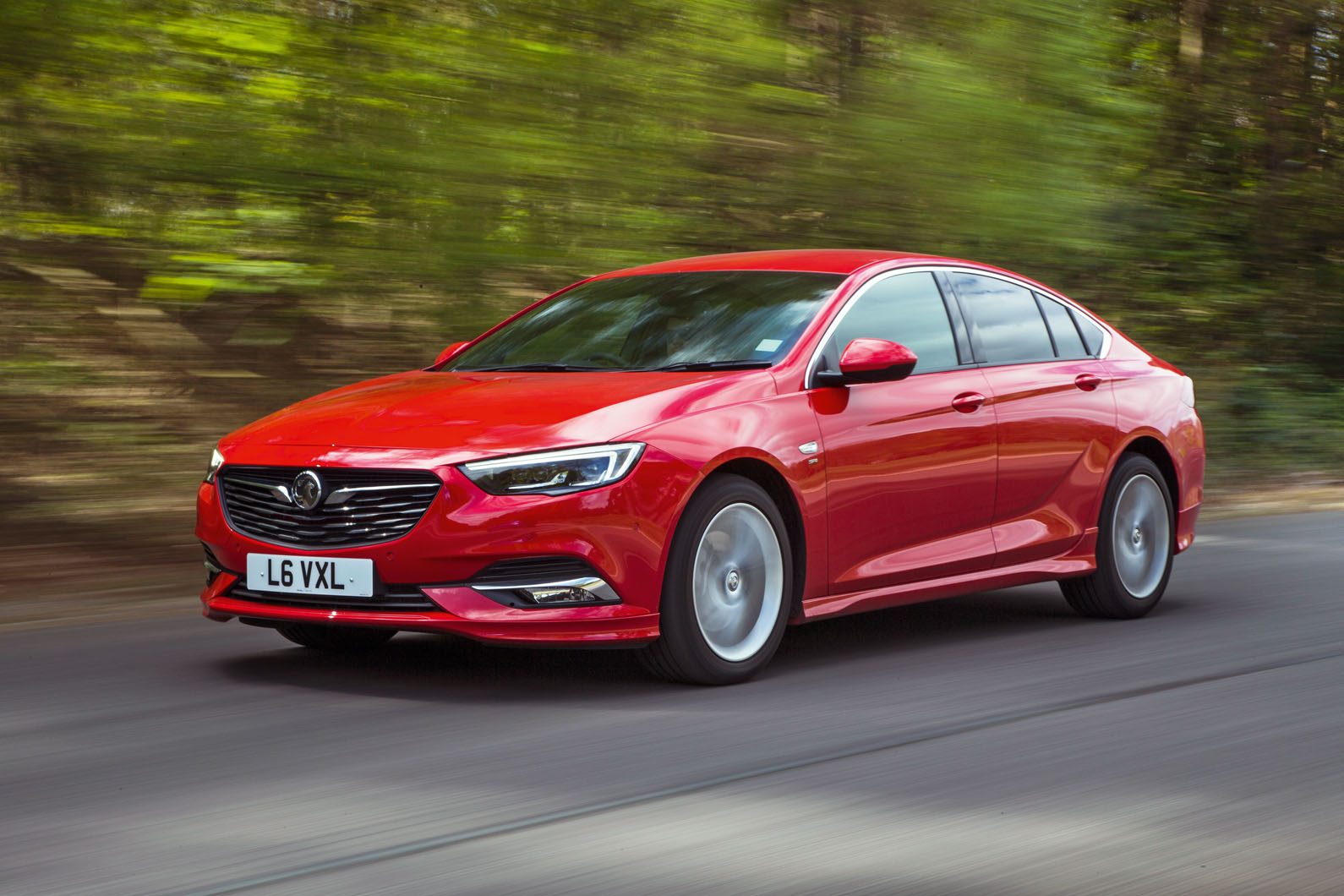Although it has grown in size, the first thing that strikes you about the Insignia is less its spaciousness and more the obvious effort expended on making you feel more at home.
The previous model, blighted by unyielding front seats and a general air of ungainliness, was a prospect you sat on top of – barely any more integrated than an umpire at Wimbledon.
But in the new version, courtesy of a 30mm drop in the hip point, hugely improved seats and a judicious raising of a more imposing centre console, Vauxhall’s flagship has become a car much better able to have you sink into it.
This low-key but telling upgrade of driving position predisposes you to like (or at least forgive) much of what’s going on around it. In the Insignia’s case, there’s much to objectively appreciate. Any horror-show memory of the previous car’s button-heavy arrangement of switchgear has been swept aside. The model now wisely partitions its functions at different levels of the dashboard and retains physical buttons for only the sought-after functions.
Flanking the latest 8.0in infotainment screen, you’ll find the volume control, ‘Home’, ‘Back’ and a track/radio skipper – essentially everything you need 90 percent of the time.
This level of sound thinking pervades most of the cabin. Certainly, it appears evident enough in the rear, where, as promised, the Insignia seems less pinched in vital places – the 25mm quoted gain in shoulder and knee room paying particular dividends.
There’s sufficient space now to make a BMW 3 Series or Audi A4 look measly, if not quite enough to overthrow the extravagantly generous Skoda Superb.
The previous Insignia’s boot space is not improved upon but, at 490 litres with the seats up, it remains a voluminous prospect and not far short of the Ford Mondeo’s. Fit and finish are roughly at eye level with the Ford, too, making it less sophisticated in perceived quality than the Volkswagen Passat and a squadron of compact execs, but not so distant from them as to bemoan the comparative cost saving.
Our test car sported the abbreviated ‘Nav’ suffix at the end of its lengthy model designation, which meant that it came equipped with the full Navi 900 IntelliLink infotainment system and its associated 8.0in central touchscreen display. Do without it and you’ll get a slightly inferior 7.0in screen.
By and large, the interface and software are fine. It’s not the slickest or prettiest set-up we’ve seen and we still query the amount of spidery black font that’s being presented on a white background,
but navigating around it isn’t fraught with difficulty.
The actual navigation is also entirely functional (if a little short on graphical niceties), but given the car’s high level of standard internet connectivity, we would question the need to pay the premium.
Speaking of which, Vauxhall’s OnStar 4G hotspot capabilities, while now not alone in the market, remain a highly attractive feature for family buyers — or indeed anyone with a pressing need to hook up their laptop to the web at inopportune moments.


